Decoding Home Price Reports: Median vs. Repeat Sales Analysis

Tomorrow, the National Association of Realtors (NAR) is scheduled to unveil its latest report on Existing Home Sales (EHS). This report, issued monthly, offers insights into the sales volume and price patterns of pre-owned homes. In the imminent release, there is a probable indication of a decline in home prices. This might appear somewhat perplexing, especially if you've been keeping up and reading articles suggesting that home prices had reached their lowest point and subsequently recovered.
Hence, why is this report indicating a decrease in home prices when numerous other price assessments indicate an upward trend? The distinction lies in the methodology employed by each report. The National Association of Realtors (NAR) presents data on the median home sales price, whereas certain alternative sources rely on repeat sales prices. Let's delve into the distinctions between these approaches.
According to the explanation provided by the Center for Real Estate Studies at Wichita State University:
"The median sale price captures the price that sits in the 'middle' of the range for sold homes, indicating that fifty percent of the homes were sold at a higher price and the remaining fifty percent at a lower price. For instance, if a greater number of lower-priced homes have been sold recently, the median sale price would decrease (as the midpoint now aligns with a lower-priced home), despite the fact that the value of each individual home is increasing."
Investopedia offers insight into the meaning of a repeat sales approach:
"Repeat-sales methods assess fluctuations in home prices by considering sales of the identical property, thereby sidestepping the challenge of factoring in price disparities among homes with different characteristics."
The Challenge with the Median Home Sales Price Today
As indicated by the aforementioned statements, these approaches have the potential to convey varying narratives. This is the reason why data on median home sales prices (such as EHS) might indicate a decrease in prices, even though the majority of repeat sales reports demonstrate a resurgence in price appreciation.
Bill McBride, the Author of the Calculated Risk blog, summarizes the difference as follows:
"Median prices can be influenced by the composition, while repeat sales indexes such as Case-Shiller and FHFA likely provide more accurate measurements of prices."
Illustrating this concept further, here's a straightforward illustration of median value (refer to the visual below). Imagine you have three coins in your pocket, and you arrange them in order of their value, from the lowest to the highest. If you possess one nickel and two dimes, the median value (the one in the middle) would be 10 cents. If you instead have two nickels and one dime, the median value would now be five cents.

In both scenarios, the worth of a nickel remains at five cents, and a dime continues to hold its value at 10 cents. The intrinsic value of each coin remains constant.
This is why employing the median home sales price to gauge the state of home values can lead to confusion at present. For the majority of buyers, home prices serve as an initial reference to assess their compatibility with budgets. However, most individuals make home purchase decisions based on the monthly mortgage payment they can comfortably afford, rather than solely focusing on the house price. When mortgage rates rise, it might necessitate opting for a more affordable home to ensure the monthly housing expenditure remains within a manageable range.
Hence, a higher quantity of "more affordable" homes are currently being sold, leading to a decrease in the median home sales price. However, this doesn't imply that any individual house has decreased in value.
As you come across media reports indicating a decline in prices in the coming week, keep the coin analogy in mind. The alteration in the median home sales price doesn't necessarily signify a reduction in home prices. Instead, it reflects the influence of affordability and existing mortgage rates on the assortment of homes being sold.
Bottom Line
To gain a deeper insight into home price trends and reports, consider reaching out to a local real estate expert.
Categories
Recent Posts
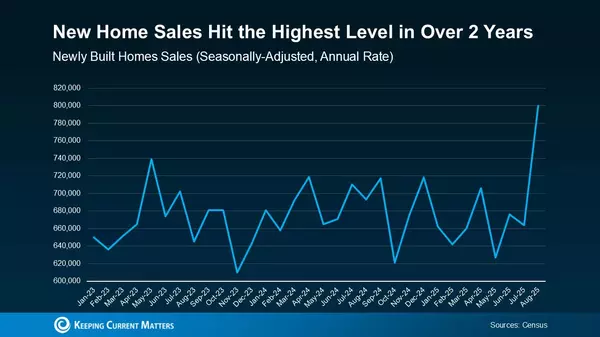
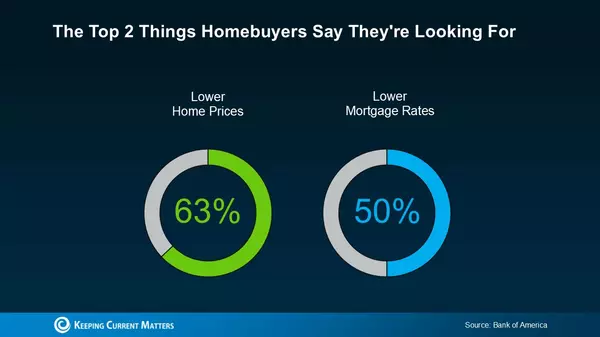
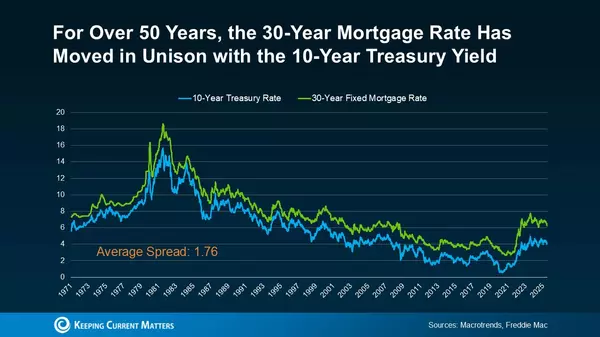
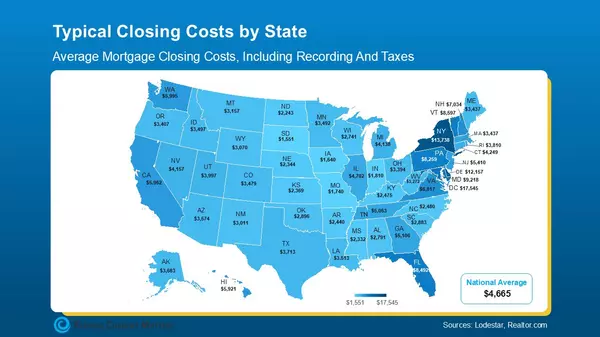
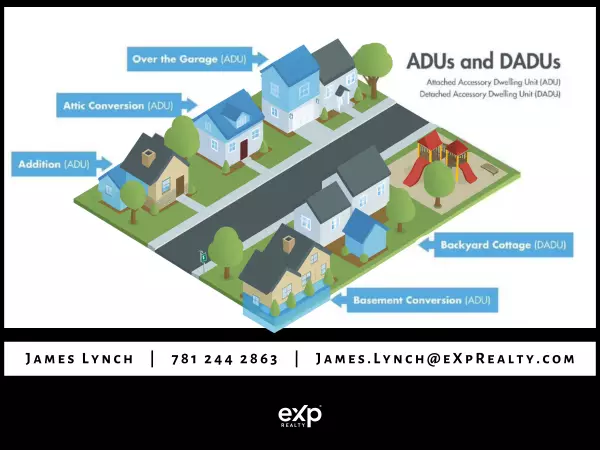

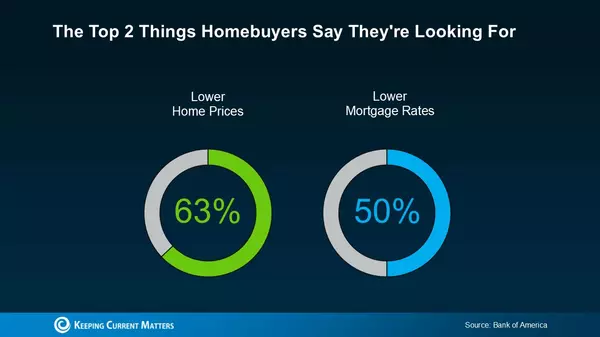
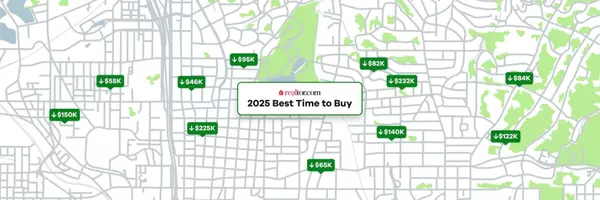
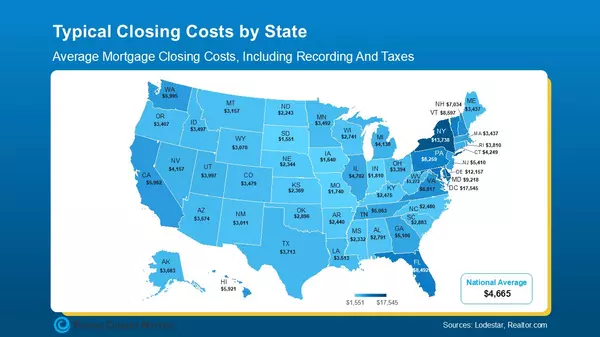
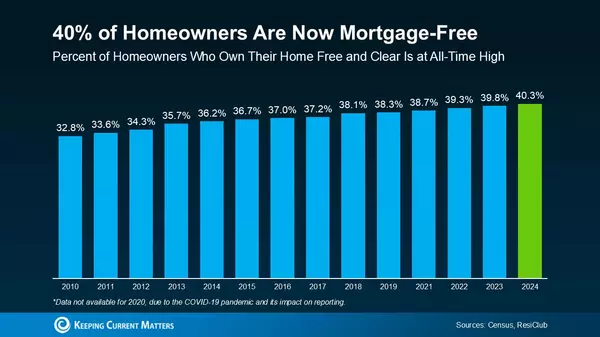
GET MORE INFORMATION


